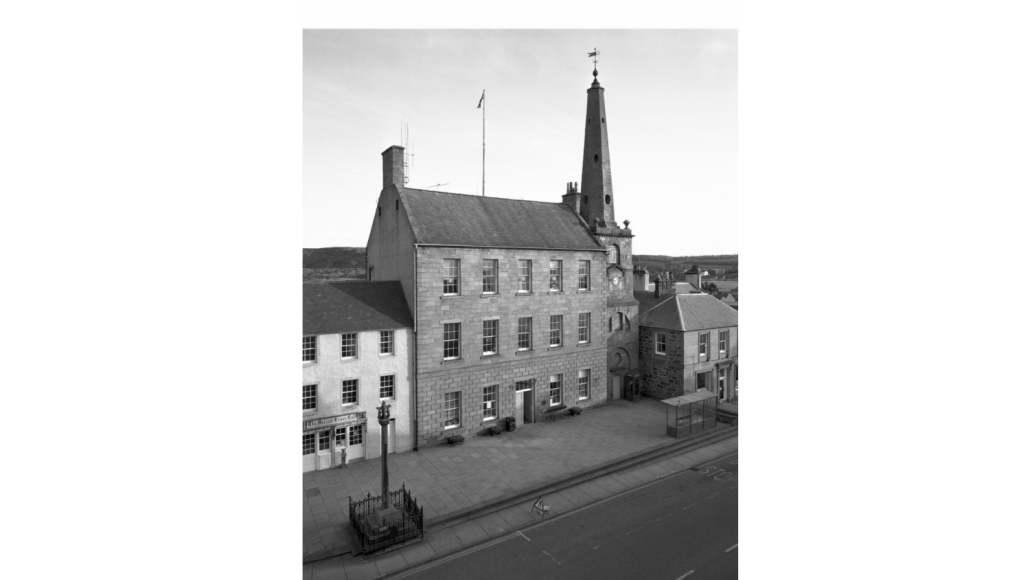Just as the photo of Turriff’s Feein Fair in 1890 above shows, imagine Low Street Banff is packed with farm servants, both male and female, standing around in twos and threes hoping for a fee. The farmers wearing wide-brimmed tall hats push their way through the groups sizing up the women’s capacity for hard work with some making rude comments about their appearance. The men are similarly quizzed as to their strength and competence.
You might think that this was a medieval market, but no, this was the way agricultural workers and servants were hired until the middle of the twentieth century. Unmarried men were hired for a six-monthly period with married couples hired for one year. Hiring was only possible on two set days in Banff, once at St Brandon’s Fair in May and then again at the Michaelmas Feeing Market in November.
He clapped his hand upon my shouther,
Says, Laddie, are ye gaun to fee?
It’s I will gie ye twa pund ten
Tae the barnyards o’ Delgaty
If an offer was accepted, the worker was given a coin as ‘arles.’ Accepting the coin meant the worker was contractually bound to report to their new master. Before doing so, the workers, as likely as not, would patronise some of the stalls in Low Street. The stalls sold farm produce, sweets, medicines to cure all ills, clothing and all types of fancy trinkets.
Sometimes the atmosphere would have been enlivened by the presence of recruiting sergeants accompanied by the Gordon Highlanders band. If further liveliness were required there were booths selling strong liquor, a commodity often associated with very lively behaviour, as evidenced by the following comment from the Elgin Courant, and Morayshire Advertiser – Friday 22 November 1850:
The (Brandon) market was distinguished from its predecessors by the absence of rioting, and smaller display of drunkenness than is customary.
I wonder what St Brandon would have made of his Fair Day?
Read more


